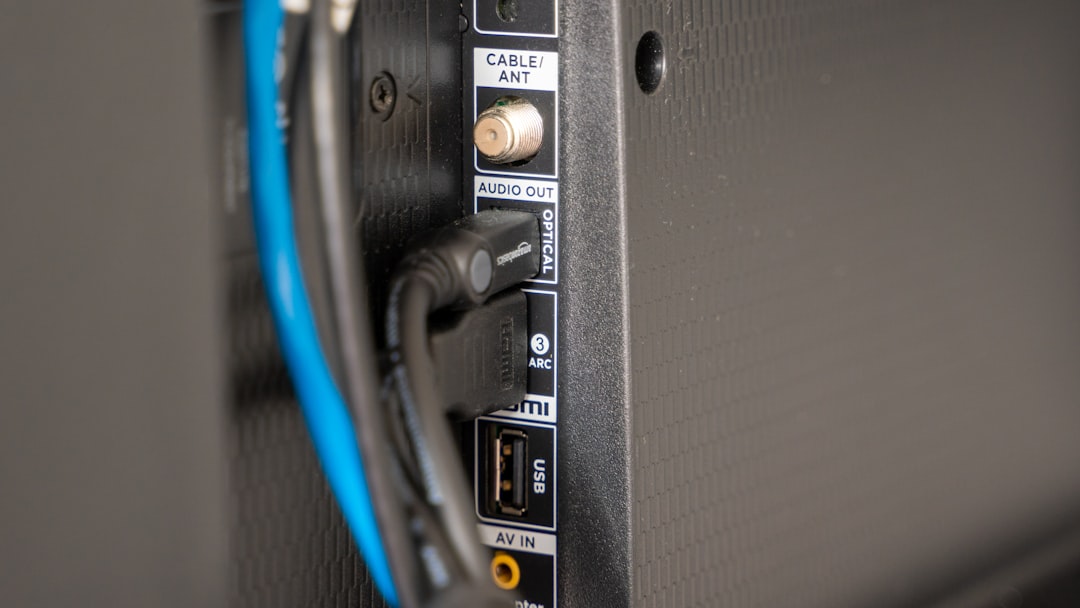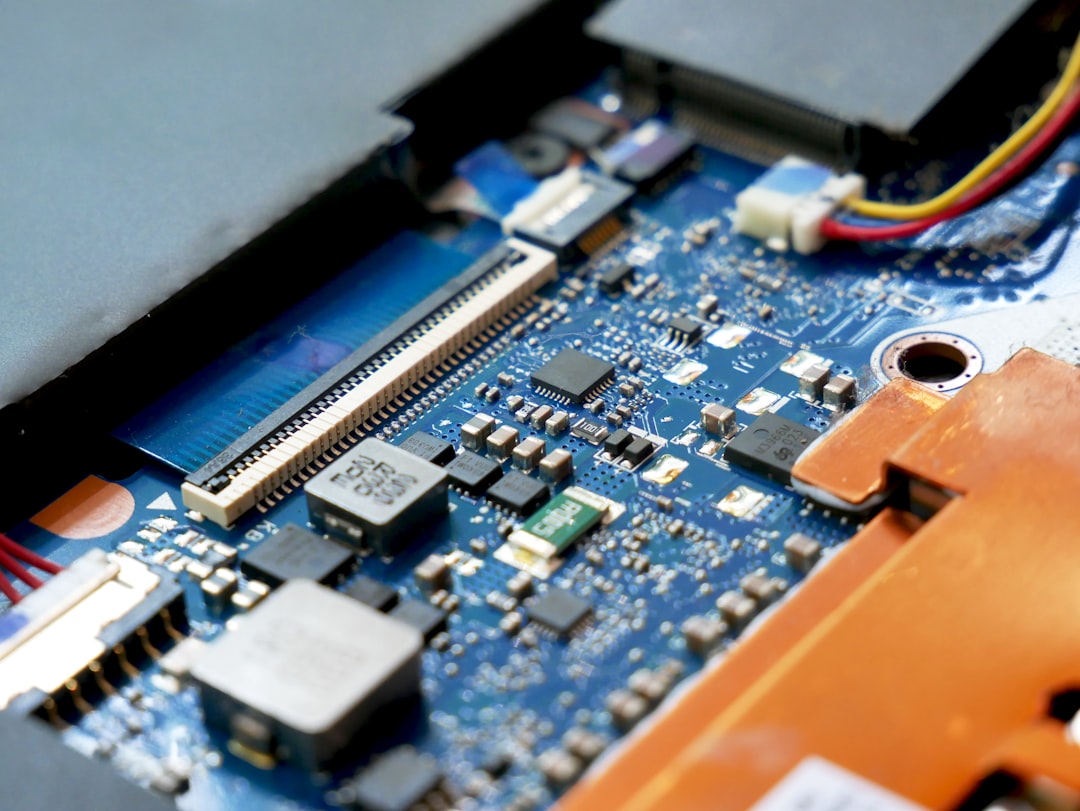You’re copying files from your computer to a USB drive. It’s going smoothly, then suddenly—bam! You’re hit with an error: 0x800701b1. Ugh, now what?
Don’t worry! This guide will walk you through this error, explain why it happens, and show you how to fix it. No geek-speak, just fun and easy steps.
What is Error 0x800701b1?
Error 0x800701b1 usually means one thing — Windows can’t access the storage device properly. This error often pops up when you’re copying, moving, or even just accessing files from an external drive, like a USB or external hard disk.
Some call it the “device not functioning” error. But don’t let that scare you. It doesn’t mean your device is toast — usually, it’s just being moody.
Why Does It Happen?
Here are the common culprits behind this annoying error:
- USB power issues: Not enough power to run the device.
- Loose or faulty USB ports: Poor connection leads to failed data transfer.
- Old or missing drivers: Windows doesn’t know how to talk to the drive.
- File system problems: Corruption or formatting issues on the drive.
- Low-quality USB cable: Yes, really. Cheap cables can cause big headaches!
Now let’s dive into solutions. They’re surprisingly simple!
1. Try a Different USB Port
This might sound too easy, but it works. Sometimes the port you’re using doesn’t provide enough power.
Most computers have several USB ports. Try plugging the drive into a different one — preferably on the back of the desktop for stronger power.

If it’s a laptop, try all available ports. Some might perform better than others.
2. Don’t Use USB Hubs
USB hubs split one port into many. Handy, right? But they also divide the power.
If your USB drive needs more juice than the hub can provide, the error shows up.
Direct connection = Better connection. Always plug your external drive directly into the PC if possible.
3. Use a Powered USB Hub (If You Must)
If you have no choice but to use a hub, make sure it’s a powered hub. That means it has its own power source, not just drawing from the computer.
These hubs give each device enough electricity to do its job without running into errors.
4. Turn Off Quick Removal
Windows has a “Quick Removal” option that lets you yank USBs safely without clicking “eject.” Great for convenience, not so great for performance.
Try changing this setting:
- Right-click Start, then click Device Manager.
- Expand Disk Drives and find your external drive.
- Right-click and choose Properties.
- Go to the Policies tab.
- Select Better performance and click OK.
This tells your computer to fully commit to handling that drive properly.
5. Update or Reinstall Drivers
Outdated or buggy drivers can cause big-time issues. Let’s fix it:
- Open Device Manager.
- Find your problem device under Disk Drives or Universal Serial Bus controllers.
- Right-click and choose Update driver.
- Click Search automatically to let Windows find the latest version.
If that doesn’t work, try uninstalling the device (don’t worry, Windows will reinstall it after a reboot):
- Right-click the device and choose Uninstall device.
- Restart your computer.
Now plug the USB drive back in. Magic!
6. Format the Drive (Last Resort!)
If nothing works and you’re sure the drive is healthy, try formatting it.
Warning: This will erase everything on the drive. Back up first!
- Open This PC.
- Right-click the external drive and select Format.
- Choose NTFS or exFAT and click Start.
This clears out bad file sectors and resets the drive to factory settings.
7. Check the Drive’s Health
The drive might be failing. It happens, especially with older or cheaper USBs.
Use Windows built-in tool:
- Right-click the drive in This PC.
- Select Properties > Tools.
- Click Check under Error checking.
You can also use free tools like CrystalDiskInfo to view health stats like temperature and read errors.

Bonus Fix: Try Another Cable
If your external drive uses a detachable cable (like many SSDs), try swapping it. Bad cables are sneaky!
A frayed or off-brand cable can cause unreliable connections, making Windows freak out. Try a quality cable that supports proper data transfer rates.
Still Getting Error 0x800701b1?
If you’ve tried everything and that error code still appears, the issue may be hardware failure.
Here’s how to confirm it:
- Try the USB drive on a different computer.
- If it works, the problem is with your PC. If not, the drive itself is likely damaged.
Don’t give up hope, though. Recovery services or advanced formatting tools might still revive it.
Avoiding This Error in the Future
Great news: Error 0x800701b1 is totally preventable! Here’s how to steer clear of it long-term:
- Use good-quality USB devices and cables.
- Always eject devices safely.
- Keep Windows and drivers updated.
- Give your computer time to handle large files.
- Don’t overload USB ports with too many devices.
Final Thoughts
Error 0x800701b1 can seem like a nightmare at first. But now you know it’s just a power, port, or software issue in disguise.
With a little patience and some USB detective work, you can fix the problem — fast!
Happy copying!